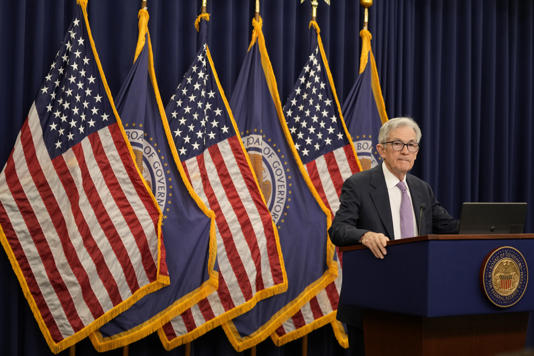Featured
article
- Get link
- X
- Other Apps
Federal Reserve Signals Slower Rate Cuts Amid Economic Uncertainty

The Federal Reserve is poised to announce a quarter-point rate cut on Wednesday, reducing its benchmark rate from 4.6% to approximately 4.3%. This move follows a half-point cut in September and a quarter-point reduction in November. However, Fed officials are signaling a slower pace of rate cuts in 2025, with expectations of only two or three reductions compared to the four previously anticipated.
The central bank's policymakers are recalibrating their approach as inflation has significantly decreased from its peak of 7.2% in June 2022 to 2.3% in October. Despite this progress, inflation remains above the Fed's 2% target, and the economy continues to grow robustly. Fed Chair Jerome Powell has emphasized the need for caution as the benchmark rate approaches a "neutral" level that neither stimulates nor hinders economic growth.
The upcoming presidential administration's proposed economic policies, including potential tariffs and tax cuts, add to the uncertainty surrounding future rate decisions. As a result, Americans may see only slight relief from high borrowing costs in the near future.
Popular Posts
Trump's Six Words: "I'm Going to Stop the Wars"
- Get link
- X
- Other Apps
Smart Savings for a Sharp School Start: Canadian Parents’ 2025 Guide
- Get link
- X
- Other Apps



Comments
Post a Comment